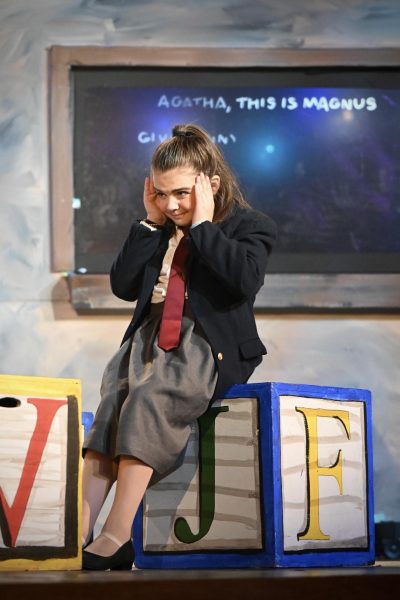A review of “Bee and Puppycat”
“Bee and Puppycat” is an animated series that originated on YouTube. Coming from humble beginnings, “Bee and Puppycat” has a large but quiet fanbase, so imagine the surprise when it cropped up on Netflix with a full season!
“Bee and Puppycat” centers around Bee, a 20-something woman who lives alone in an apartment between jobs. She finds some sort of animal, dubbing him Puppycat as she can’t tell if he’s a cat or a dog. Puppycat takes Bee to a sort of pocket dimension where she can get temp jobs for a bit of money.
The show is very episodic, and the Netflix version has a recap of the YouTube series within the first three episodes. It sticks to the source very well, giving a surreal experience as the YouTube series did (it’s a surrealist show, after all). It also has a background plot surrounding Puppycat and Bee’s landlord.
The way the longer series expands upon the lore is very good, if for a few caveats. One major problem that many fans have pointed out is that Netflix’s version of Bee is slimmer than the YouTube version. Many plus sized fans have not liked this choice; Bee was a great piece of plus sized representation, and making her slimmer is taking away from that.
Another problem some people have brought up is regarding the character Toast. She is a secondary character who appears a couple times. In one of those times, she offhandedly mentions an “ex-wife,” implying that she was gay. In the new series, she is paired off and married to a man.
Otherwise, however, the show achieves the “sleepy” feeling the original had. It’s a great comfort show, with the most impactful scenes feeling subdued even if they are tear-jerking. It explores mental health (one of the main secondary characters, Deckard, is openly mentioned to be depressed, and is not put down for this), friendship, and being between jobs in a great way.
Your donation will support the student journalists of Chapman High School. Your contribution will allow us to purchase equipment and cover our annual website hosting costs.





